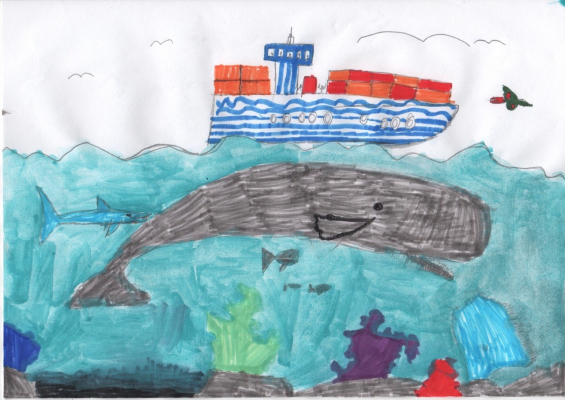Introduction
These are uncertain times. The Covid 19 pandemic forces many of our IWC community around the world to live and work remotely, away from families, friends and colleagues. Meetings, including our own Scientific Committee, will not be held in-person but virtually, as far as is possible, and we wait to see if our biennial Commission meeting will go ahead as scheduled in September.
Many observers have spoken of the need to reassess our relationship with our environment post-Covid 19, to ensure the vast global recovery programme that will be needed takes a new approach and considers One Health – human, environmental and economic. This will be a big challenge.
In the meantime, the IWC offers a very small challenge – hopefully a fun diversion for you, your children and anyone else sharing these tough times with you. Each week we will spotlight a cetacean species and ask three questions about that species. The answers will be found in a link to the IWC’s Whale Watching Handbook, a resource to support sustainable whale watching all over the world.
As well as testing or extending our knowledge of cetaceans, we hope that this will encourage you to think beyond these current, difficult circumstances and to the future when we can roam freely outside, watch whales, dolphins, porpoises and other wildlife once more, and with newfound appreciation of the variety and value of our environment.
Week Four: the sperm whale - questions
The deep diving sperm whale has a remarkable body which is specially adapted to cope with long periods spent at great depths as it searches for food. Here are three questions to test your knowledge of the sperm whale. The answers can be found on the Sperm Whale page of the Whale Watching Handbook.
Which famous 19th century novel features a sperm whale?
What is the preferred prey of the sperm whale?
The sperm whale boasts two physical features that are larger than those of any other animal on the planet. What are they?
Week Three: the gray whale - answers
The answers to last week’s questions on the gray whale, taken from the Gray Whale page of the Whale Watching Handbook:
Lice and barnacles are usually found on the head and skin of the gray whale.
A gray whale can eat as much as 1200kg of food each day.
The most frequent natural predator of gray whales is the killer whale.
Next week: the right whale
Picture competition
Thank you to this week's amazing artists: Elsie Creek age 2, Fela Parage age 5, Jude Stringer age 8, Isla Stringer age 10.
If you would like the chance to see your drawing or photograph of a whale posted on the IWC website, please send artwork (landscape format only please) to communications@iwc.int.
Have a good week and stay safe.

